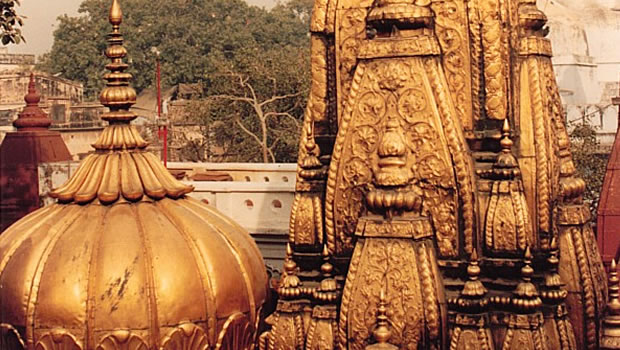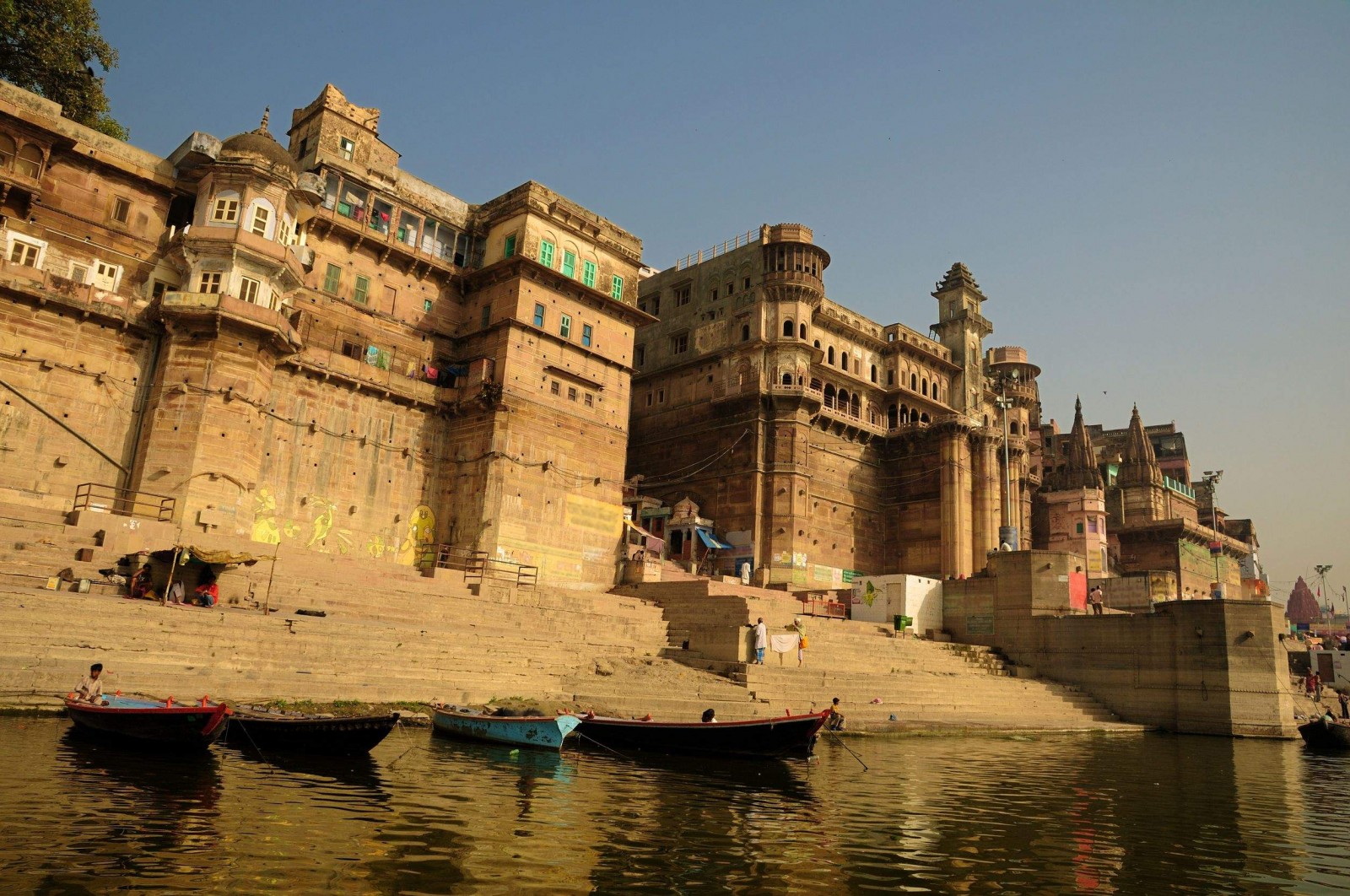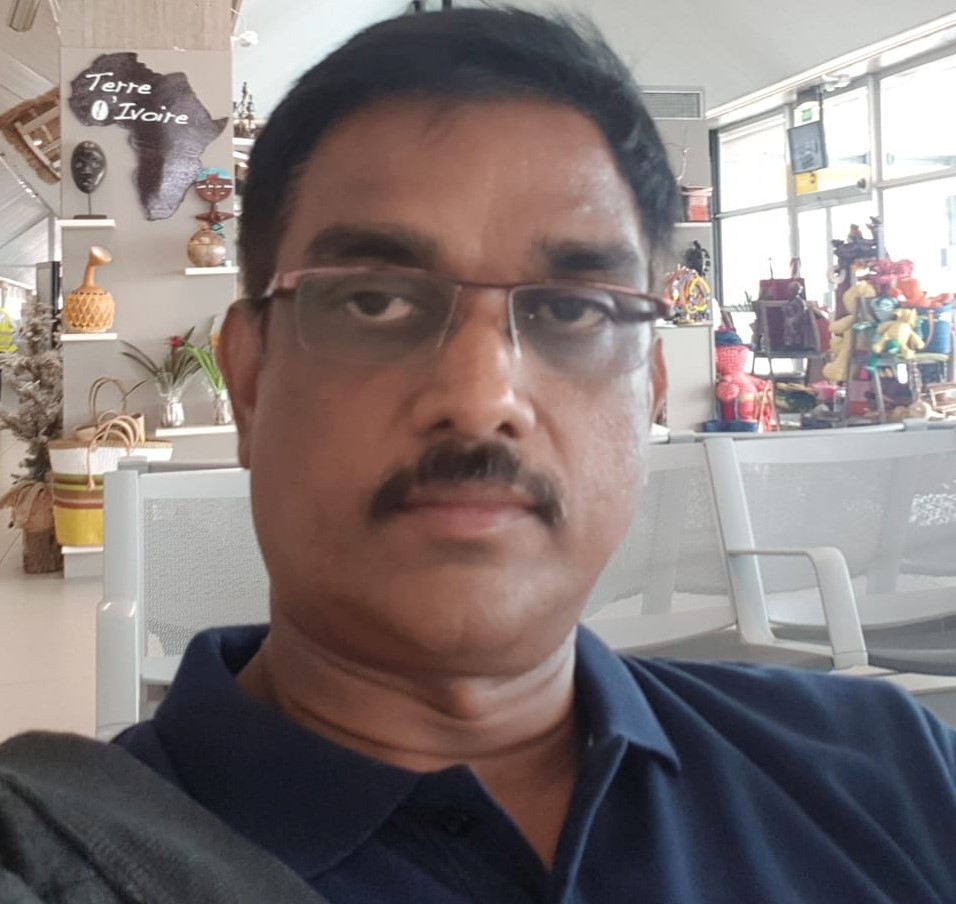Varanasi claims to be the oldest living city in the world, with 3500 years of documented history is also called Kashi and hence the temple is popularly called as Kashi Vishwanath, representing one of the twelve Jyotirlingas of Shiva
Shrine’s History
Viswanth temple has been mentioned in almost all Puranas including Kashi Khanda of Skanda Purana. During 11th century A.D., Hari Chandra reconstructed the temple. Muhammad Ghori destroyed it along with other temples of Varanasi during his raid in 1194. Reconstruction of the temple started soon after. This was demolished by Qutb-ud-din Aybak. After Aybak’s death the temple was again rebuilt. In 1351 it was destroyed again by Firuz Shah Tughlaq. The temple was rebuilt in 1585 by Todar Mal, the Revenue Minister of Akbar’s Court. Aurangzeb ordered its demolition in 1669 and constructed Gyanvapi Mosque, which still exists alongside the temple.
Traces of the old temple can be seen behind the mosque. The current temple was built by Ahilya Bai Holkar of Indore in 1780.The temple spire and the dome are plated with 1000 kg of gold donated by the mighty Jat Sikh Maharaja Ranjit Singh of Punjab, in 1835. In the year 1785 a Naubatkhana was built up in front of the Temple by the then Collector Mohd. Ibrahim Khan at the instance of Governor General Warren Hastings. In 1839, Two domes of the Temple were covered by gold donated by Punjab Kesari Maharaja Ranjeet Singh. Third dome but was remained uncovered, Ministry of cultures & Religious affairs of U.P. Govt. took keen interest for gold plating of third dome of Temple.

Legends Associated with This Shrine
Vishwanath temple is widely recognized as one of the most important places of worship in Hindu religion and most of the leading Hindu saints, including Adi Sankaracharya, Ramakrishna Paramhansa, Swami Vivekananda, Goswami Tulsidas, Swami Dayananda Saraswati, Gurunanak have visited this site A visit to the temple and a bath in the river Ganga is believed to lead one on a path to Moksha. Thus, people from all over the nation, try to visit the place at least once in their lifetime. There is also a tradition that one should give up at least one desire after a pilgrimage the temple, and the pilgrimage would also include a visit to the temple at Rameswaram in South India, where people take the water samples of Ganga to perform prayer at the temple and bring back the sand from near that temple. Due to the immense popularity and holiness of this temple, hundreds of temples across the nation have been built with the same style and architecture.


Shrine’s Map Location and How to Go There
By Road
Varanasi, on NH2 from Calcutta to Delhi, NH7 to Kanya Kumari and NH29 to GoraKhpur is connected literally to the rest of the country by good motorable, all ? weather roads. Some important road distances are: Agra 565 km., Allahabad 128 km., Bhopal 791 km., Bodhgaya 240 km., Kanpur 330 km., Khajuraho 405 km., Lucknow 286 km., patna 246 km., Sarnath 10 km., Lumbini 386 km., Kushi Nagar 250 km.UPSRTC Bus Stand, Sher Shah Suri Marg, Golgadda Bus Stand. Private taxis are available from travel agencies, hotels, etc., auto rickshaws, cycle rickshaws and Tempos are also readily available.
By Rail
The nearest railway station is Varanasi
By Air
Varanasi airdrome is well linked with major Indian cities such as Delhi, Ahmedabad, Khajuraho, Kolkata, Pune, Mumbai and Agra. Frequent flights of Indian Airlines, Jet Airways, Kingfisher and SpiceJet run to this city. The distance between the airport and the centre of Varanasi is around 29.9 km
Shrine Timings
The Temple opens daily at 2:30 A.M. For Mangala Aarti 3 to 4 A.M., ticket holders are permitted to join.
From 4 to 11 AM general Darshan is allowed.
11.30 to 12 AM mid day Bhog Aarti is done.
Again 12 Noon to 7 PM devotees are free to have Darshan.
From 7 to 8.30 PM evening Sapta Rishi Aarti is done after which darshan is again possible up till 9.00 PM, when Sringar/Bhog Aarti starts.
After 9.00 PM Darshan from outside only is possible.
Shayan Aarti starts at 10.30 PM. The Temple closes at 11 PM
Events Celebrated at This Shrine
Mahashivratri:
Shivrathri is celebrated in a grand manner at Kashi Vishwanath Temple on the 6th night of the dark Phalgun (February/March) each year.
Rangbhari Ekadashi or Aamlaki Ekadasi:
The fasting of Amalakii Ekadasi, conjoined with Dvadasi, comes once in the month of Phalguna (February/March), Amalakii is the descendant of Lord Brahma.
Annakoot:
Annakoot is celebrated to commemorate the episode in Sri Krishna’s childhood. After the prayers, traditional worship and Aarti, numerous varieties of sweets and 56 bhogs would be raised in the form of a mountain before the Annapporna deity. After consumed by the Lord, the devotees take Prasad from it.
Besides, Makar Shakranti, Shrawan Maah and Akshya Trithiya (April/May) are also celebrated here














































